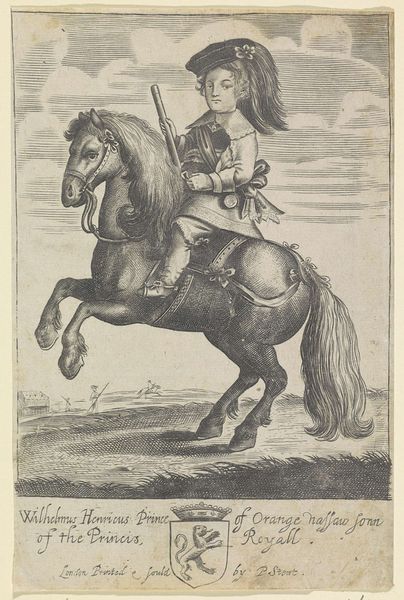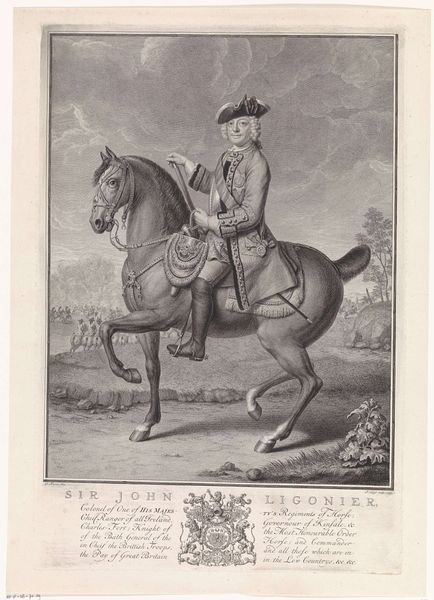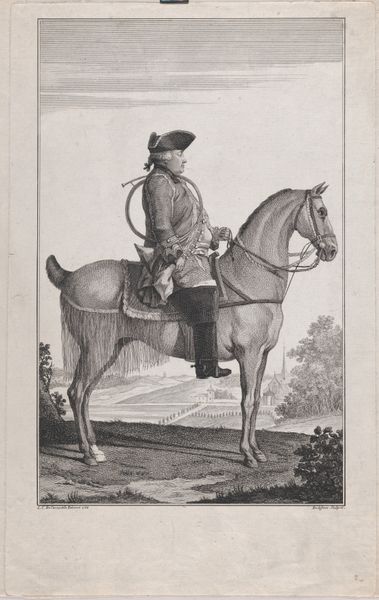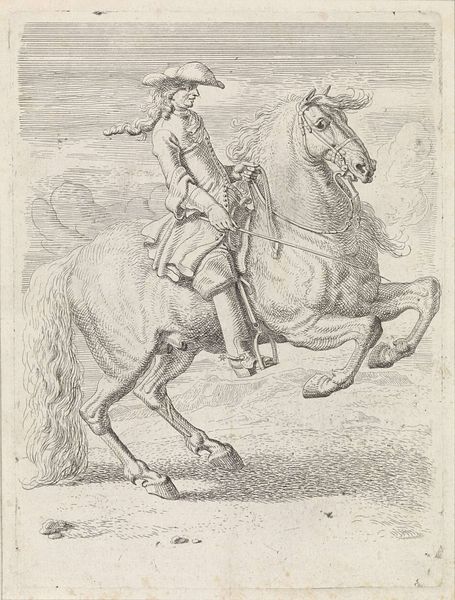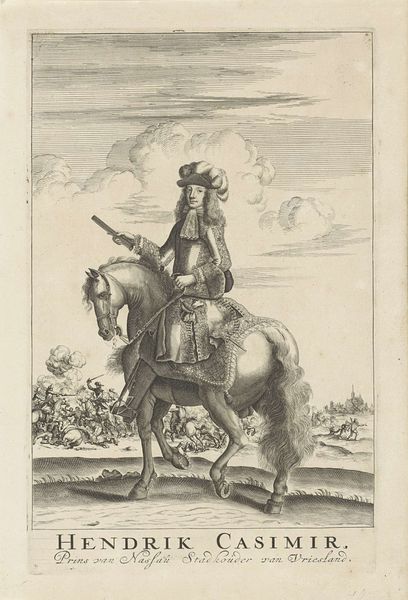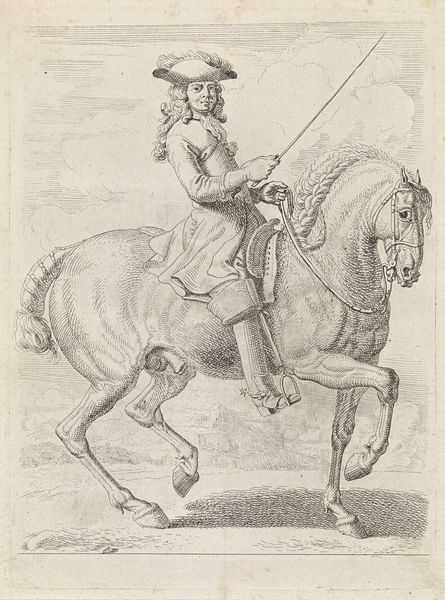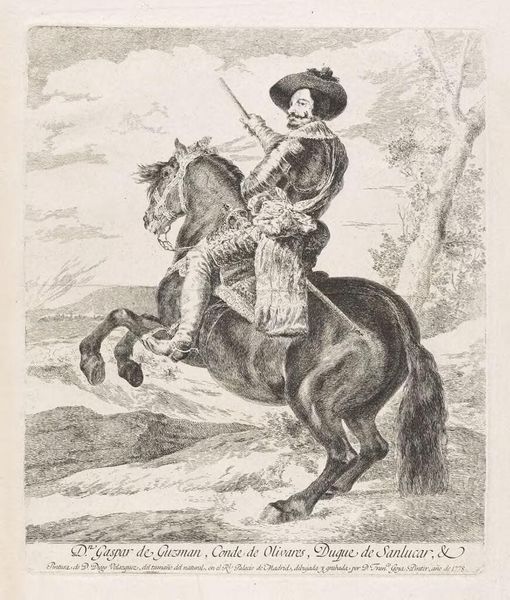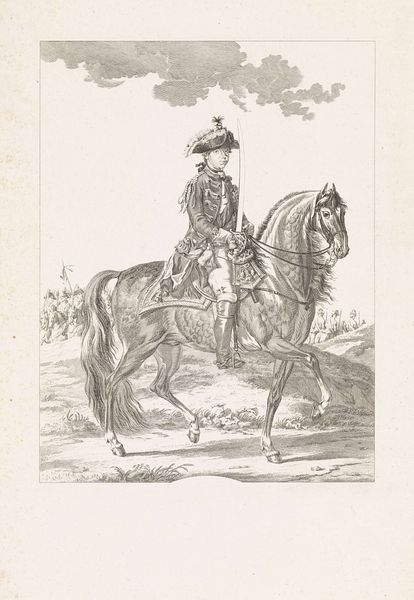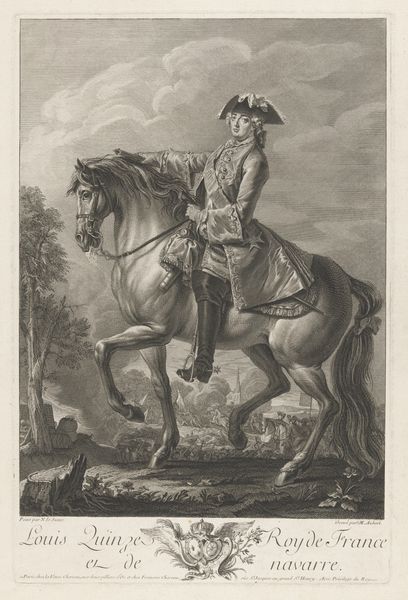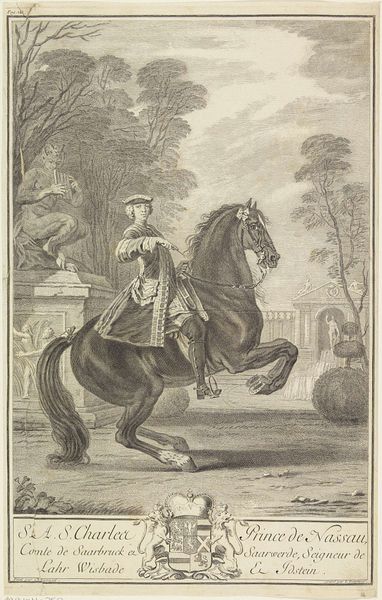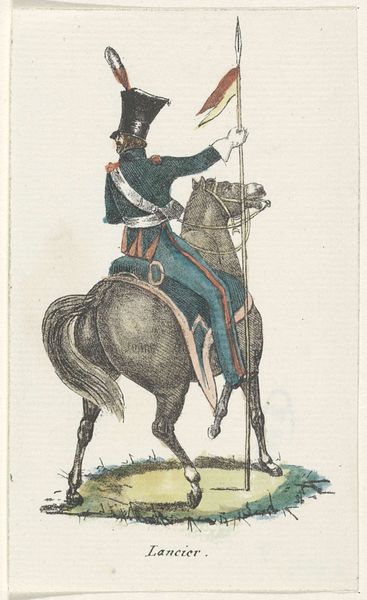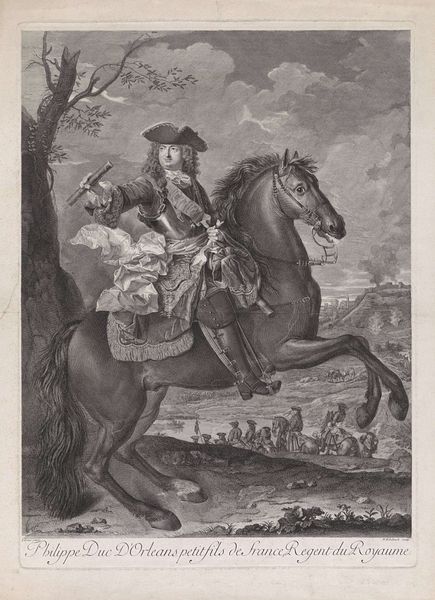
engraving
#
portrait
#
old engraving style
#
landscape
#
caricature
#
romanticism
#
cityscape
#
history-painting
#
engraving
Dimensions: height 206 mm, width 148 mm
Copyright: Rijks Museum: Open Domain
Curator: The stoicism in this portrait of Anna Paulowna Romanowa really strikes me. It feels very stiff, almost purposefully…austere. Editor: And there’s such interesting labor behind creating this effect! This engraving, produced by Antonie and Pieter van der Beek between 1816 and 1821, involves a meticulous process. You see how those fine lines create the image, and how many of those individual marks it takes? Curator: The politics of this piece are interesting; you see Anna Paulowna, the future Queen of the Netherlands, immortalized here in this… I suppose romanticized depiction. Editor: Romanticized for sure! Note the materials--copper plates would’ve been precisely etched, then inked, and printed. It points to a particular mode of artisanal production within a specific social framework, a system that, historically, defined the circulation and consumption of imagery. Curator: Yes, this would be spread far and wide across the Netherlands; it suggests power, but perhaps something more subtle as well. Royal imagery then served as a tool to solidify power but it was consumed in really interesting and varied ways by everyday people. Editor: The scale of dissemination speaks to the rise of print culture and, by extension, visual literacy in the early 19th century. But looking closely at the engraving technique, I'm really struck by the hand-worked element of the piece—the artistry. The process really elevates this. Curator: And of course, the placement of Anna Paulowna, front and center… even larger than the landscape itself… the very construction elevates the monarch and the Royal family, doesn't it? And as an object hanging in a home or public space, I'm curious if it always elicited the intended reaction. Editor: Absolutely! Consider too that the availability of printed images would eventually lead to challenges against monarchies, democratizing art production in a really surprising and dynamic way. That complex duality exists because of the processes and materials behind its making. Curator: I appreciate you illuminating how the processes inherent in engraving also influence the reading of this portrait. Editor: And for me, it's key to consider how such images are woven into political histories that were and still are at play within art history.
Comments
No comments
Be the first to comment and join the conversation on the ultimate creative platform.
